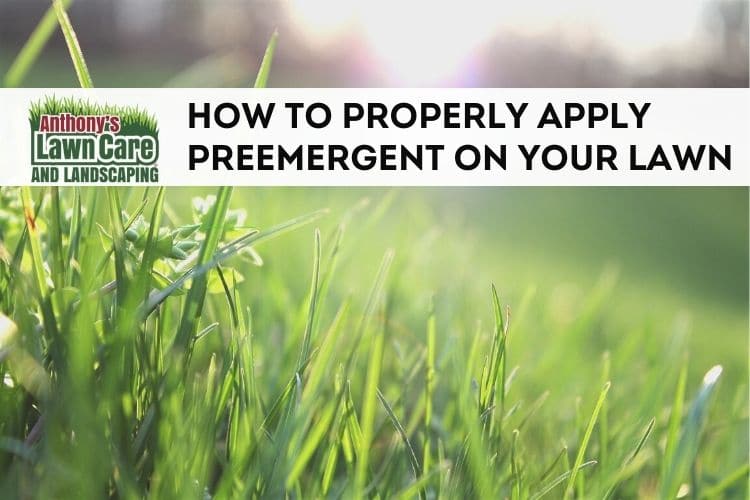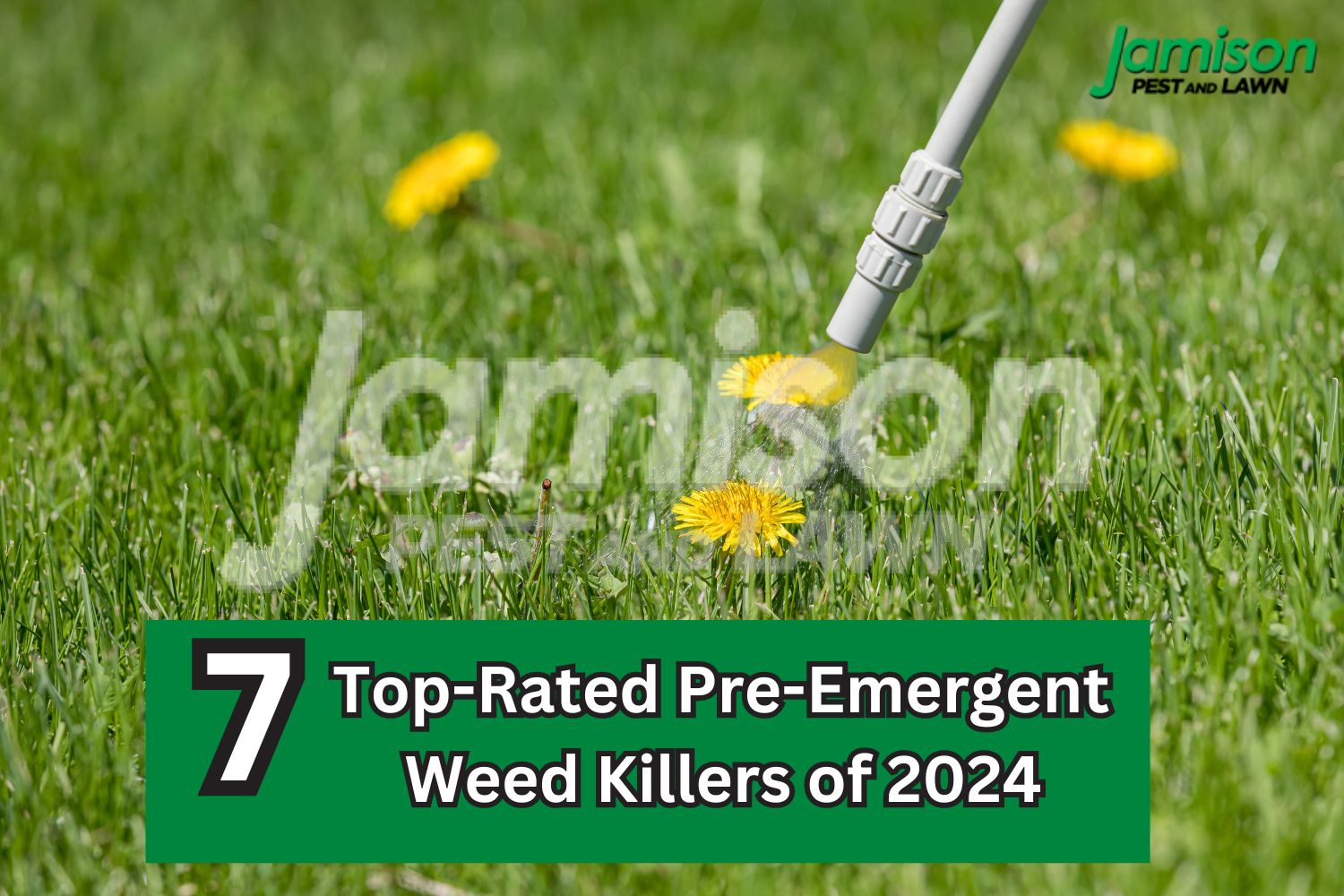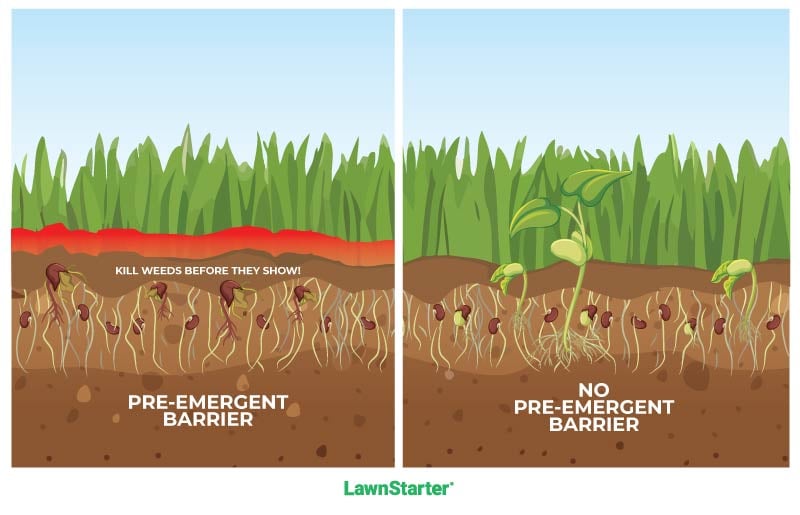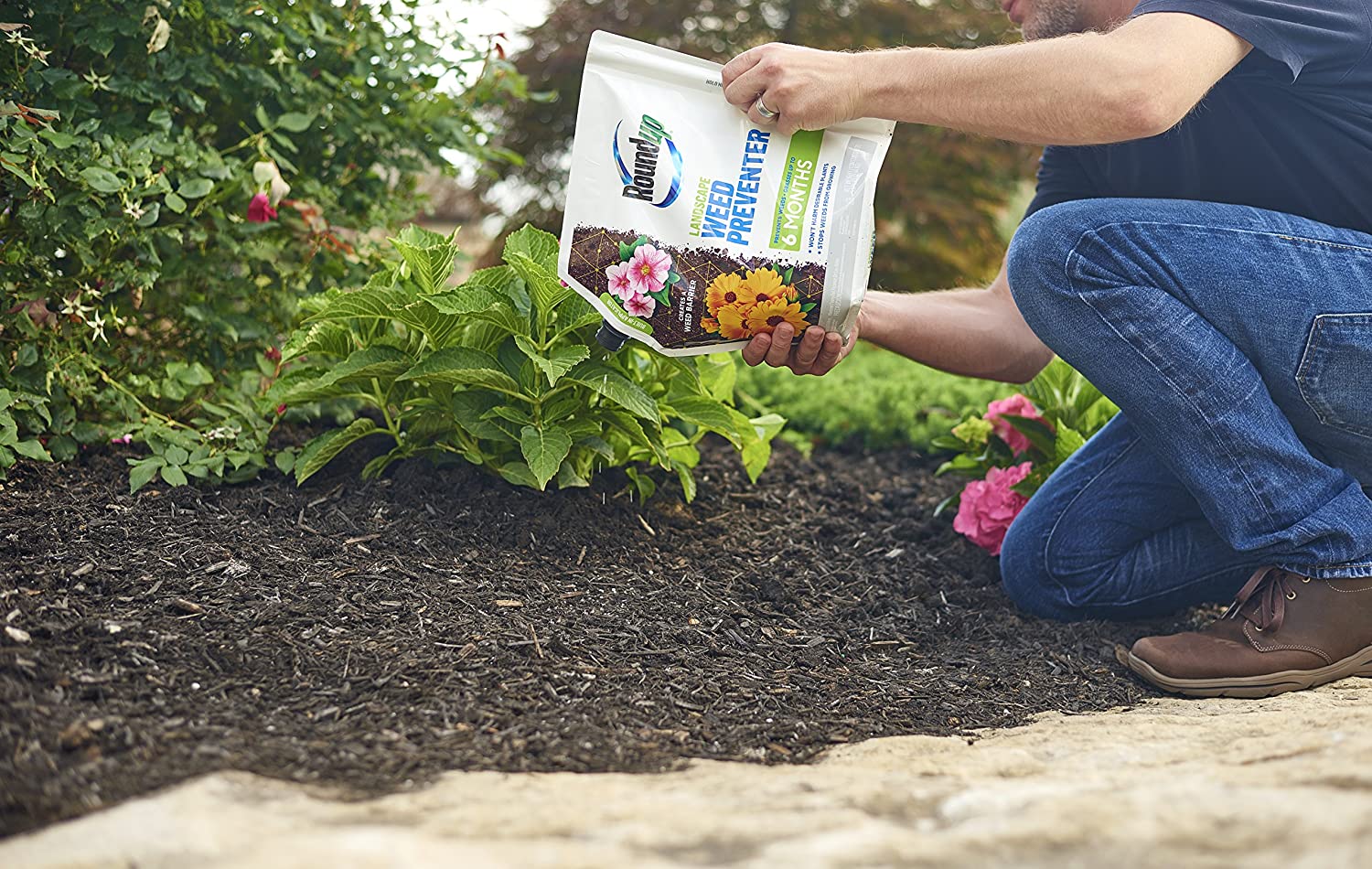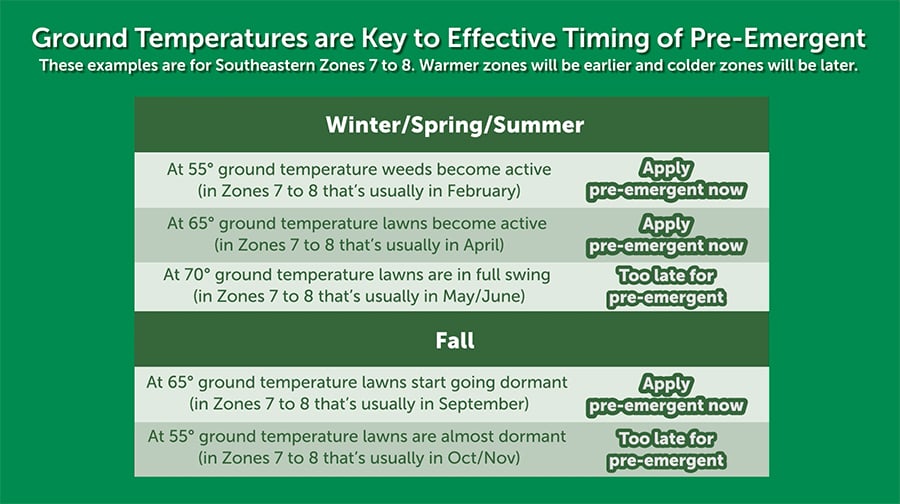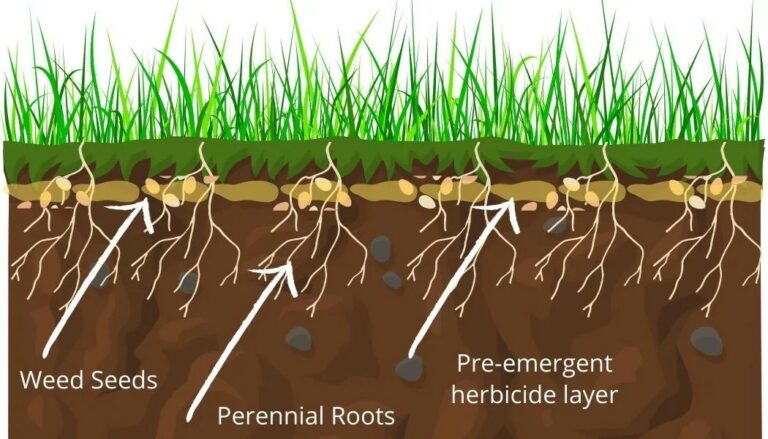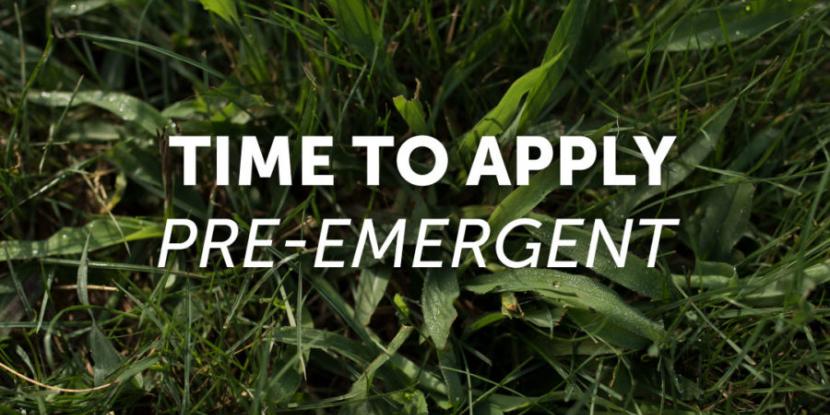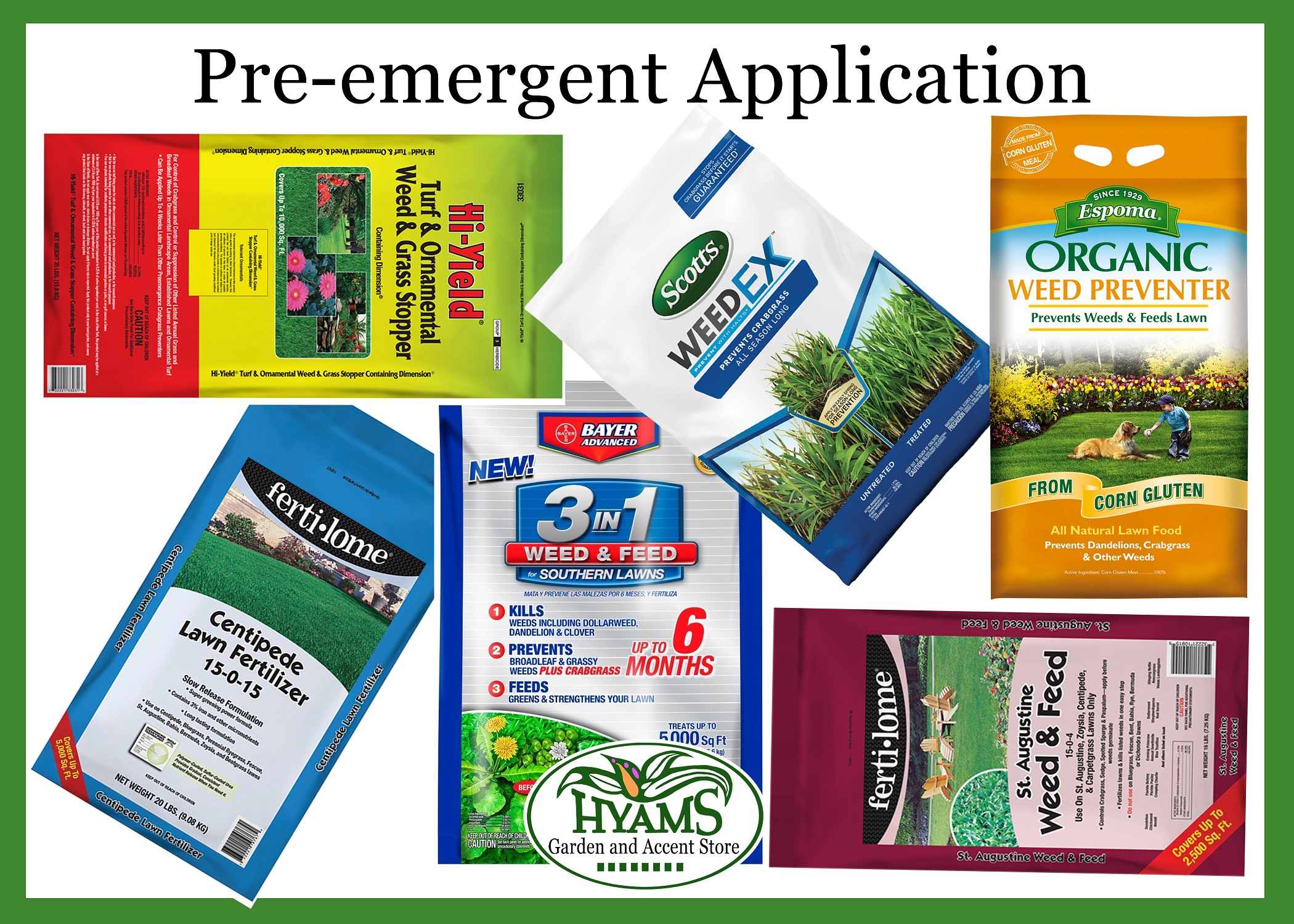When To Apply Pre Emergent In Massachusetts

Imagine the vibrant green of a perfectly manicured lawn, a welcoming carpet for bare feet on a warm summer day. Now, picture that same lawn besieged by crabgrass and other unsightly weeds, spoiling its beauty and demanding endless hours of back-breaking labor. The secret to achieving that pristine green canvas in Massachusetts isn’t just luck; it's timing, specifically, knowing when to apply pre-emergent herbicides.
The key to a weed-free lawn in Massachusetts lies in understanding the optimal window for pre-emergent application, which typically falls between early April and mid-May, when soil temperatures consistently reach 50-55°F (10-13°C). Applying pre-emergent at the right time prevents weed seeds from germinating, saving you time, effort, and the frustration of battling a weedy lawn all summer long. This article will guide you through the nuances of timing, soil temperature monitoring, and choosing the right product for your specific lawn care needs in the Bay State.
Understanding Pre-Emergent Herbicides
Pre-emergent herbicides are designed to prevent weed seeds from germinating. They work by creating a chemical barrier in the soil that inhibits the development of weed seedlings.
Unlike post-emergent herbicides that kill existing weeds, pre-emergents focus on prevention. They are most effective when applied before weed seeds begin to sprout.
In Massachusetts, crabgrass is a common and persistent lawn weed that pre-emergent herbicides target effectively.
The Critical Role of Timing
The effectiveness of pre-emergent herbicides hinges on precise timing. Apply too early, and the product may degrade before weed seeds germinate. Apply too late, and you've missed the window of opportunity.
The ideal timing is directly related to soil temperature. Weed seeds, particularly crabgrass, begin to germinate when soil temperatures consistently reach 50-55°F (10-13°C) for several consecutive days.
This usually occurs in early April to mid-May in Massachusetts. It varies depending on the specific region and weather patterns that year.
Monitoring Soil Temperature
The most reliable way to determine the optimal application time is by monitoring soil temperature. Forget about air temperature and focus on what's happening below the surface.
You can use a simple soil thermometer available at most garden centers. Insert the thermometer about 2-3 inches into the soil in several locations around your lawn.
Take readings in the morning for several days. When the average soil temperature consistently reaches 50-55°F (10-13°C), it's time to apply your pre-emergent herbicide.
Regional Variations in Massachusetts
Massachusetts experiences diverse microclimates, influencing the ideal application time. Coastal areas tend to warm up earlier than inland regions.
Higher elevations and western parts of the state may see a later window for pre-emergent application. Always consider your specific location and local weather patterns.
Check with your local agricultural extension office for regional advice and recommendations tailored to your area.
Choosing the Right Pre-Emergent Herbicide
Numerous pre-emergent herbicide products are available on the market. Consider factors like the type of weeds you're targeting, the type of grass you have, and your personal preferences.
Common active ingredients include dithiopyr, prodiamine, and pendimethalin. Each has its own strengths and weaknesses.
Granular formulations are easy to apply with a spreader, while liquid concentrates require mixing and spraying. Choose the formulation that best suits your application style.
Application Techniques for Optimal Results
Proper application is essential for maximizing the effectiveness of your pre-emergent herbicide. Always read and follow the manufacturer's instructions carefully.
Calibrate your spreader or sprayer to ensure even coverage. Over-application can damage your lawn, while under-application may result in weed breakthrough.
Water the treated area immediately after application to activate the herbicide and move it into the soil. This step is crucial for creating the protective barrier.
A Second Application: Is It Necessary?
In some cases, a second application of pre-emergent herbicide may be beneficial, especially for lawns with a history of heavy weed infestation. However, overuse of these products can be harmful to the environment.
If you choose to apply a second application, do so approximately 6-8 weeks after the initial treatment. This will extend the protection window and prevent late-germinating weeds from taking hold.
Consider spot-treating any weeds that do emerge with a post-emergent herbicide rather than blanket-treating the entire lawn a second time.
Environmentally Conscious Lawn Care
While pre-emergent herbicides can be effective, consider environmentally friendly alternatives. A healthy, dense lawn is the best defense against weeds.
Proper mowing, fertilization, and watering practices can help create a strong turf that outcompetes weeds. Consider using organic or slow-release fertilizers to nourish your lawn.
Manual weeding can also be an effective way to control weeds in smaller areas. Regularly remove weeds before they have a chance to set seed.
Consulting with Professionals
If you're unsure about the best approach for your lawn, consult with a professional lawn care service or your local agricultural extension office. They can provide personalized recommendations based on your specific lawn and growing conditions.
A soil test can help determine any nutrient deficiencies that may be contributing to weed problems. Correcting these deficiencies can improve the overall health of your lawn and reduce its susceptibility to weeds.
Professionals can also help you identify different types of weeds and choose the most effective control methods.
Beyond Pre-Emergent: A Holistic Approach
Remember, pre-emergent herbicides are just one piece of the puzzle when it comes to achieving a healthy, weed-free lawn. A holistic approach that combines proper cultural practices with judicious use of herbicides is the most effective strategy.
Aerate your lawn regularly to improve soil drainage and promote healthy root growth. Overseed thin or bare patches to fill in any gaps where weeds might take hold.
By taking a proactive and comprehensive approach to lawn care, you can create a beautiful, sustainable lawn that you can enjoy for years to come.
As the days lengthen and the first signs of spring appear in Massachusetts, remember the importance of timing. By understanding the principles of pre-emergent weed control and monitoring soil temperatures, you can take proactive steps to ensure a lush, green, and weed-free lawn all season long. Embrace the wisdom of timing, and watch your lawn flourish, a testament to your careful planning and dedication.

